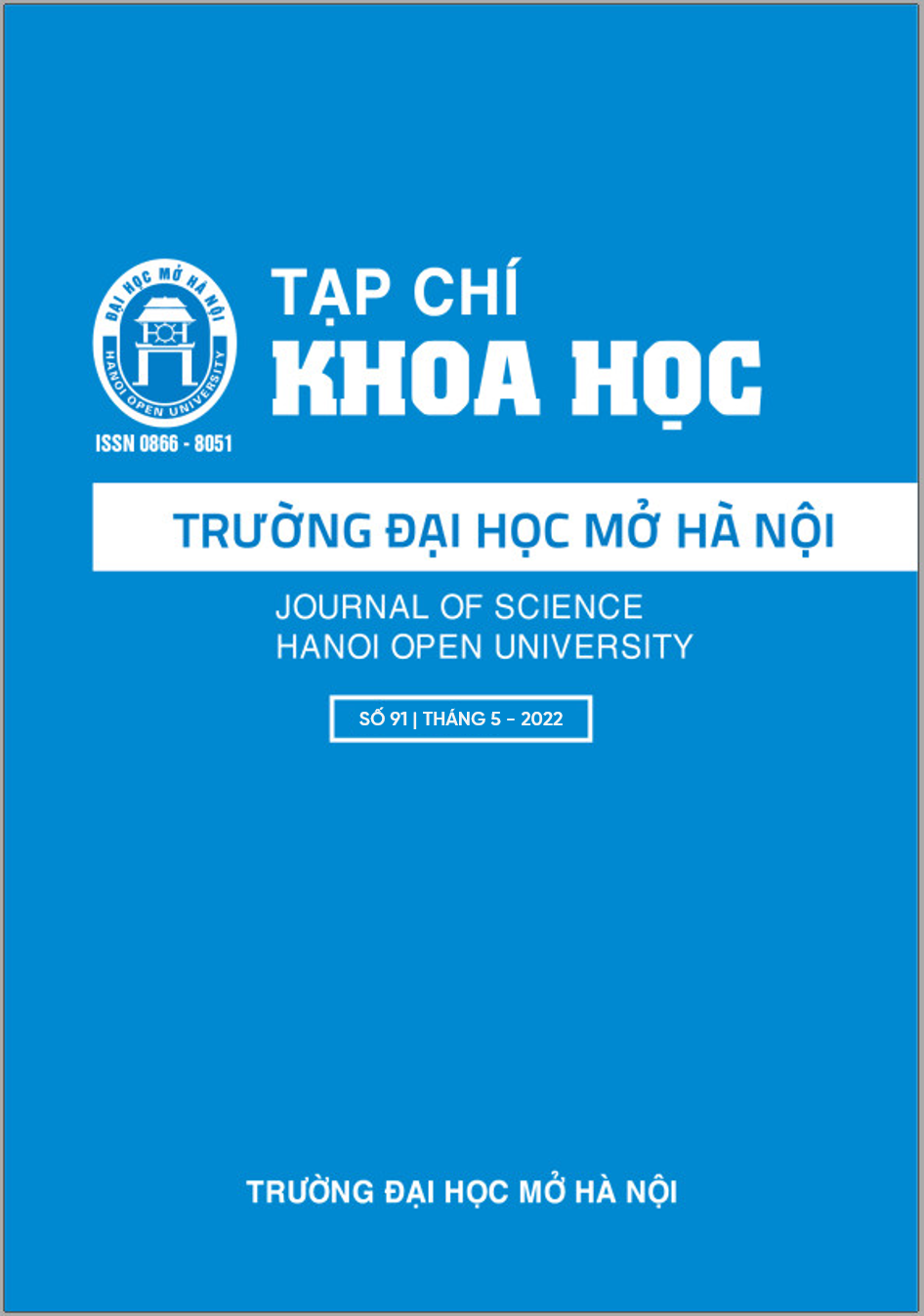USING WHOLE EXOME SEQUENCING TO PRELIMINARY ASSESSMENT OF GENETIC VARIATIONS IN PATIENTS WITH CONGENITAL HEART VALVE DEFECTS
Keywords:
Bioinformatics, genetic variant, next generation sequencing, valvular heart disease, whole exome sequencing, bioinformaticsAbstract
Congenital valvular heart valve defects are characterized by abnormality of the heart valves, such as any valve in the heart that has damage or missing. There are several causes of this disease such as infections, degenerative conditions and genetic variants. Whole exome sequencing (WES) allows simultaneous analysis of variants of multiple or even all
genes, thereby reducing the time needed to diagnose for patients. Therefore, WES has been considered as an effective tool for the detection of novel causal genes in the study of genetics of the heart valve defects. In this study, by applying whole exome sequencing in 01 patient with congenital heart valve defects, we detected 82,556 missense and 11.334 indel including variants were reported in the database of single nucleotide polymorphisms (dbSNP) and novel variants. The result of this study shows potential of WES in genetic research, particularly in the identification of inherited genetic disorders.
References
[1]. Shi L.-M., Tao J.-W., Qiu X.-B., et al. (2014). GATA5 loss-of-function mutations associated with congenital bicuspid aortic valve. Int J Mol Med, 33(5), 1219–1226.
[2]. Foffa I., Ait Alì L., Panesi P., et al. (2013). Sequencing of NOTCH1, GATA5, TGFBR1 and TGFBR2 genes in familial cases of bicuspid aortic valve. BMC Med Genet, 14, 44.
[3]. Dargis N., Lamontagne M., Gaudreault N., et al. (2016). Identification of Gender- Specific Genetic Variants in Patients With Bicuspid Aortic Valve. Am J Cardiol, 117(3), 420–426.
[4]. Yang Y., Muzny D.M., Reid J.G., et al. (2013). Clinical whole-exome sequencing for the diagnosis of mendelian disorders. N Engl J Med, 369(16), 1502–1511.
[5]. Lee H., Deignan J.L., Dorrani N., et al. (2014). Clinical Exome Sequencing for Genetic Identification of Rare Mendelian Disorders. JAMA, 312(18), 1880–1887.
[6]. Li H. and Durbin R. (2009). Fast and accurate short read alignment with Burrows- Wheeler transform. Bioinforma Oxf Engl, 25(14), 1754–1760.
[7]. McKenna A., Hanna M., Banks E., et al. (2010). The Genome Analysis Toolkit: A MapReduce framework for analyzing next- generation DNA sequencing data. Genome Res, 20(9), 1297–1303.
[8]. Cingolani P., Platts A., Wang L.L., et al. (2012). A program for annotating and predicting the effects of single nucleotide polymorphisms, SnpEff: SNPs in the genome of Drosophila melanogaster strain w1118; iso- 2; iso-3. Fly (Austin), 6(2), 80–92.
[9]. Ng P.C. and Henikoff S. (2003). SIFT: Predicting amino acid changes that affect protein function. Nucleic Acids Res, 31(13), 3812–3814.
[10]. Adzhubei I., Jordan D.M., and Sunyaev S.R. (2013). Predicting functional effect of human missense mutations using PolyPhen-2. Curr Protoc Hum Genet, Chapter 7, Unit7.20.
[11]. Sener E.F., Canatan H., and Ozkul Y. (2016). Recent Advances in Autism Spectrum Disorders: Applications of Whole Exome Sequencing Technology. Psychiatry Investig, 13(3), 255–264.
